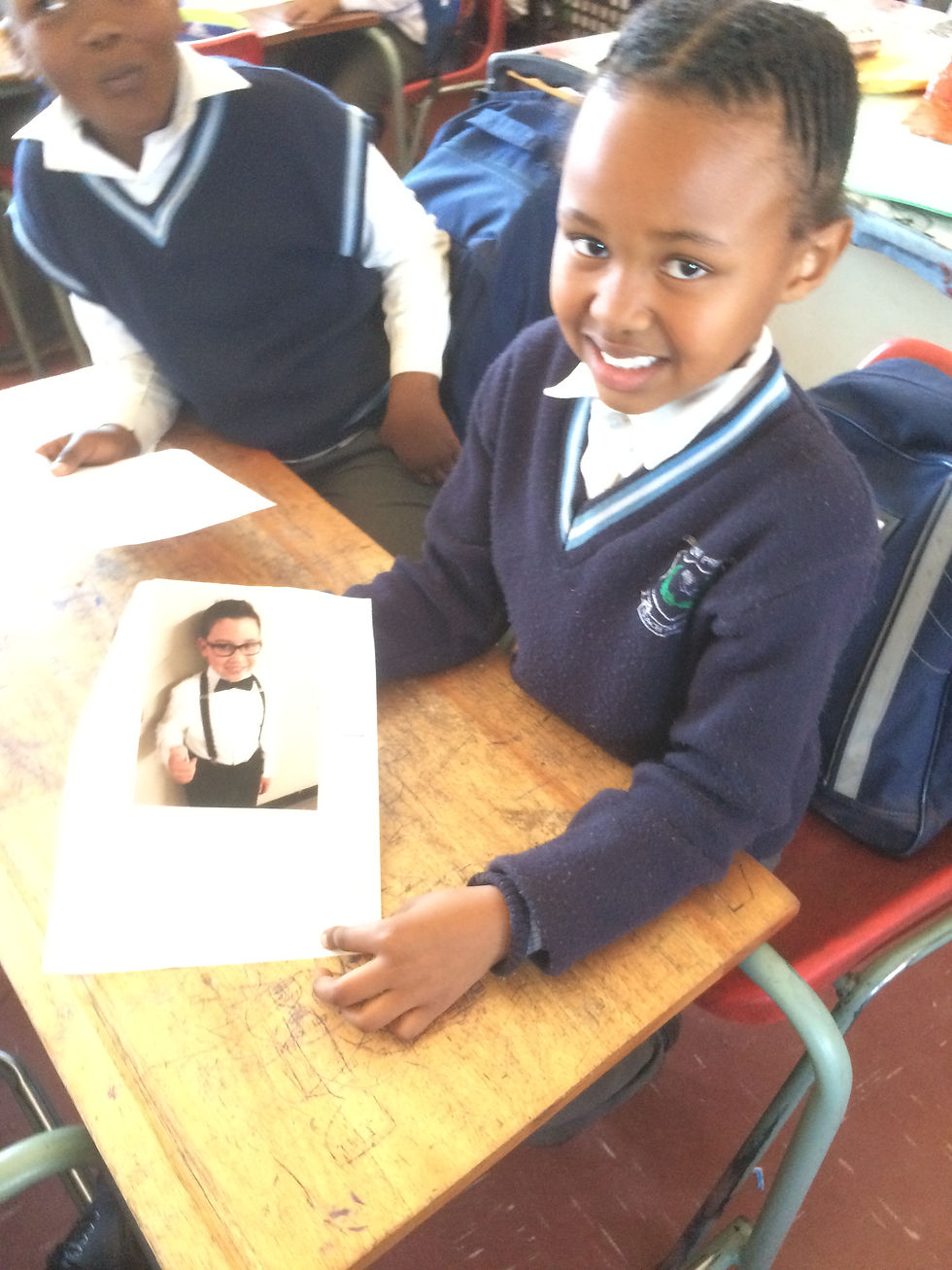Big Cats, Maasai, and Community- a Winning Combination
- slojen10
- Aug 15, 2022
- 4 min read
Updated: May 1, 2023

At night the distant roars of lions and not so distant cries of hyenas echoed through the camp. A reminder, that yes, we were living in the bush in the Maasai Mara-Serengeti ecosystem. From the moment we'd drive out of camp each morning, giraffes towered above us as they chewed leaves from the tallest trees. Then we’d pass herds of zebra, wildebeest, and warthogs until we reached the kings of the land, the large prides of lions with tiny, curious cubs lolling in the early morning sun. We'd quickly grab our data recording sheets and fill in sections on
the lion’s behavior, location, and number. Later we would input the data into a database that would be used by a local NGO, the Mara Lion Project. This is the life of a conservation volunteer.

The African Impact Big Cats Conservation project is located in the Naboisho Conservancy. Kenya currently has 15 conservancies. They cover over 300,000 acres and provide connected critical wildlife habitats. The Conservancies are an innovative example of tourism benefiting conservation and the community. The Naboisho Conservancy is comprised of land leased from the 500 Maasai landowners and fees generated from tourism provide the local Maasai communities a sustainable livelihood while ensuring the conservation of wildlife.

Our volunteer group was an international group of 12 people. There were college students, retirees, and others who just loved to travel and give back. Each day as a volunteer was an exciting adventure. Our volunteer work consisted of daily game drives to identify and monitor big cats and other predators. We conducted game counts on transects to monitor the distribution of wildlife across the conservancy. This information is recorded for university researchers to improve conservation efforts by monitoring the density and wild life patterns to improve conservation areas. We also did conservancy work like pulling weeds and constructing small dams to help the Maasai landowners with erosion control during heavy rains.


One of the coolest aspects of volunteering in Naboisho was having guides that are members of the Maasai tribe. At night around a crackling fire, we sat spellbound by their stories of creation and their culture. The Maasai are famous as fierce warriors and expert cattle herders. In fact, Much of the Maasai wealth is derived from cattle. Older Maasai traditions, such as polygamy, are dying out. However, we found out that the father of our guide Sem had five wives and 18 children. Jane, the manager of the camp, was also Maasai. She graduated with a degree in Environmental Science, and shared a wealth of knowledge about the conservation of the Mara animals and ecosystems.

One of the highlights was visiting the local school to present an environmental lesson. After a tour of the school and seeing the respectful students wearing matching uniforms, we went to a fourth grade classroom to do our lesson on recycling.The students, who were more respectful and quiet than I was used to as a teacher in the United States, stared at us with wide eyes. We soon had them laughing and participating with an easy song and dance we taught them, “Don’t be a rubbish bug, put your rubbish in the tub!”.
If you go:
Contact African Impact for information on their Kenya Conservation Volunteer Program. African Impact has volunteer programs throughout Africa, so even if you are looking for a different volunteer experience, you're sure to find it. For information on the Kenya Conservation Program click on this link.
Getting There: You can fly to Kenya from the U.S. through Europe or through Dubai, United Arab Emirates. A trick we use flying from California, which can make for long flights is we choose "Multi-city" when searching for flights and search for flights with stopovers in Europe. For example, when we flew to South Africa in 2017, we stopped on the way in London for three days and on the way back in Paris four days. We were able to adjust to the time change and spend a few days in Europe along the way. The price difference was actually cheaper than flying directly to Africa. The time change between Europe and Africa is generally only one or two hours, so we arrived in Africa fresh and ready to go.
When to go. Our favorite time of year to visit Africa is June or July. Since they are below the equator, June, July, and August is their winter. The weather is perfect during the day (usually around 70-75 degrees F) and mosquitoes aren't a problem. Mornings on safaris were chilly, so bring warm clothes for the mornings. If you plan to go to the Masai Mara National Park to see the great migration then plan for July-September.
Medications: check the CDC website for recommended vaccinations and if malaria pills are recommended. Your primary care physician can prescribe the medications you will need and make sure you are up to date on your vaccinations. We took medicine for typhoid, which we got from our County Medical Center.





Comments